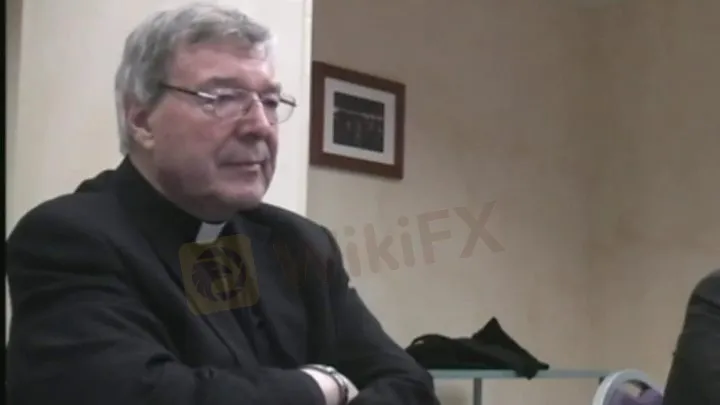简体中文
繁體中文
English
Pусский
日本語
ภาษาไทย
Tiếng Việt
Bahasa Indonesia
Español
हिन्दी
Filippiiniläinen
Français
Deutsch
Português
Türkçe
한국어
العربية
George Pell: Cardinal argues 'irregularity' in sexual abuse conviction
Abstract:Image copyrightReutersImage caption George Pell is the most senior Catholic cleric to be convicted
Image copyrightReutersImage captio
George Pell is the most senior Catholic cleric to be convicted of sexual abuse
Cardinal George Pell is challenging his child sexual abuse conviction on three grounds, including saying that the trial had a “fundamental irregularity”.
The ex-Vatican treasurer abused two boys inside a Melbourne cathedral in 1996, a jury found in December.
Pell maintains his innocence.
His lawyers argue that he was wrongly prevented from entering his plea before a jury, according to court documents which have been republished by Australian media.
The defence team also argues that the jury's verdict was “unreasonable” because it relied too heavily on one person's testimony.
Last year, a court heard that Pell had been archbishop of Melbourne when he abused two 13-year-old boys following a mass.
A jury unanimously convicted him one charge of sexually penetrating a child under 16, and four counts of committing an indecent act on a child under 16.
The trial heard testimony from one of the victims. The other died of a drug overdose in 2014.
Pell was remanded in custody on Wednesday and is due to be sentenced on 13 March.
Pell guilty of child sexual abuse
Poisoned power at the to
Why his conviction was kept a secret
The case has rocked the Catholic Church, where Pell was considered one of the Pope Francis's closest advisers.
On Thursday, footage of Pell responding to the allegations for the first time - during a police interview in Rome in 2016 - was released by a court.

Media playback is unsupported on your device
Media captionPell called abuse claims against him 'disgraceful rubbish'
Details of the case had been kept secret from the public until this week due to legal reasons.
What are Pell's grounds for appeal?
Pell's lawyers argue that the verdict relied on the surviving victim's evidence, saying “it was not open to the jury to be satisfied beyond reasonable doubt”.
The jury had heard “unchallenged” evidence from 20 other prosecution witnesses, the defence team said.
The second aspect of the appeal asserts that the trial judge had wrongly prevented an animation from being played at the trial.
The final challenge concerns the alleged jury procedural error.
“There was a fundamental irregularity in the trial process, because the accused was not arraigned in the presence of the jury panel as required,” said lawyer Paul Galbally.
Disclaimer:
The views in this article only represent the author's personal views, and do not constitute investment advice on this platform. This platform does not guarantee the accuracy, completeness and timeliness of the information in the article, and will not be liable for any loss caused by the use of or reliance on the information in the article.
WikiFX Broker
Latest News
ASIC Sues Binance Australia Derivatives for Misclassifying Retail Clients
Geopolitical Events: What They Are & Their Impact?
Top 10 Trading Indicators Every Forex Trader Should Know
WikiFX Review: Is FxPro Reliable?
Malaysian-Thai Fraud Syndicate Dismantled, Millions in Losses Reported
Trading frauds topped the list of scams in India- Report Reveals
Why Do You Feel Scared During Trade Execution?
WikiFX Review: Something You Need to Know About Markets4you
Revolut Leads UK Neobanks in the Digital Banking Revolution
Fusion Markets: Safe Choice or Scam to Avoid?
Currency Calculator


